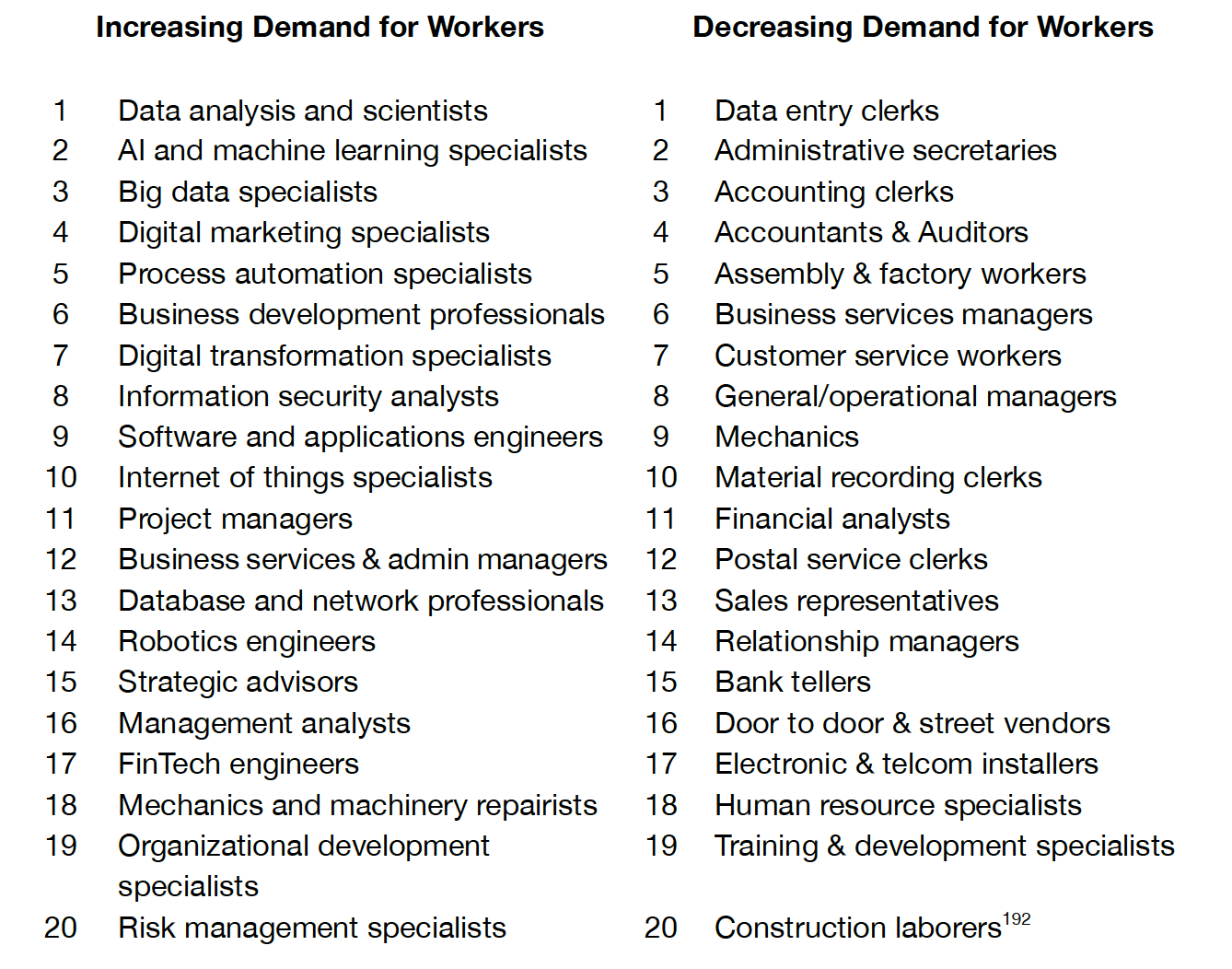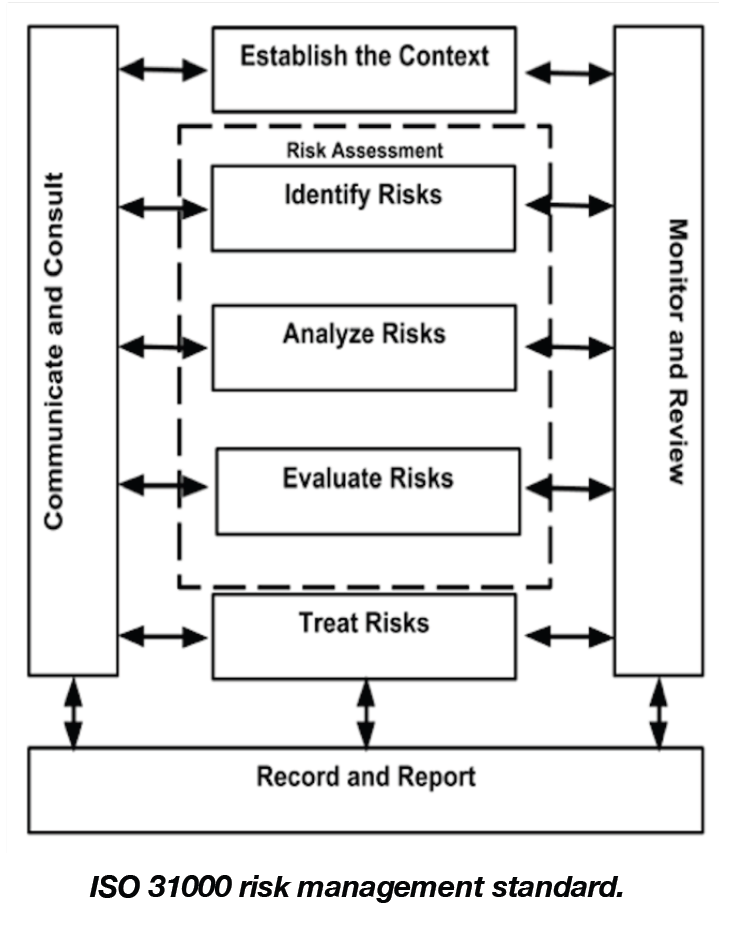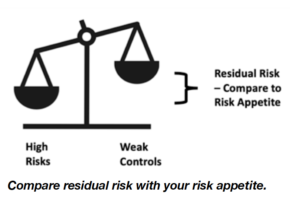 Meta laid of another 5,000 people today, many from its content moderation division. Companies are framing these massive cuts as streamlining operations, but let’s be blunt – investors are driving this purge, trying to get a quick cash boost to the companies’ bottom line so that the investors can cash out without taking a bath. Continue reading
Meta laid of another 5,000 people today, many from its content moderation division. Companies are framing these massive cuts as streamlining operations, but let’s be blunt – investors are driving this purge, trying to get a quick cash boost to the companies’ bottom line so that the investors can cash out without taking a bath. Continue reading
Category Archives: FutureOfWork@Risk – Greg Hutchins
#420 – DO YOU DO RISK BASED, DECISION MAKING? – GREG HUTCHINS
Featured
 You have limited amounts of gifting, talents, time, energy, and enthusiasm, but unlimited ways of allocating them. For this reason productivity involves making decisions about how to allocate these finite resources.
You have limited amounts of gifting, talents, time, energy, and enthusiasm, but unlimited ways of allocating them. For this reason productivity involves making decisions about how to allocate these finite resources.
Tim Challies – Author
AI COVID is an example of VUCA. COVID is all about unknowns: “how long immunity lasts; how the virus may mutate; the challenges of vaccine distribution; and the possible reluctance to accept the vaccine among some groups.” Now, we’re seeing this with AI.
VUCA and risk are inter-related in Risk Based, Problem Solving (RBPS) and Risk Based, Decision Making (RBDM). VUCA describes a problem or decision where the likelihood and consequence are not known. Risk describes a problem or decision where the likelihood and consequence (outcome) are often known or can be found. So, how do you look at risk?
A framework is a risk lens to look at and understand how to use RBPS and RBDM. Risk management, both upside and downside, can be defined as the ability to reach an objective, solve a tough problem, or make a tough decision. ISO 31000:2018, an international standard, is a simple risk framework. ISO 31000 has the following steps:
• Communicate and Consult. This step explains what problem we are trying to solve, why we are solving it, how we may go about solving it, and how to make a decision. You solve problems or make decisions because someone has an itch, pain, need, want, expectation, perception, or requirement. Understanding and figuring out what problem to solve, what pain needs to be relieved, or what itch needs to be scratched is the first step in the RBPS and RBDM journey.
• Establish the context: Years ago, I was told understanding context is worth 20 IQ and EQ points. Context give us an understanding of the importance, meaning, purpose, and value of the problem to be solved or decision to be made. Context allows us to process the right information, understand risks, analyze events, perceive obstacles, understand people, learn from mistakes, and do the right things to meet objectives. This is a critical point because the human ability to nuance context separates us from smart machines – at least for now.
• Identify risks: Think of risks as hurdles, impediments, or obstacles that are in the Iway of a finishing a project, reaching an objective, solving a problem, or making a critical decision in VUCA time. There are lots of risks. There are lots of unknowns.
It’s critical to separate the insignificant many risks from the critical few risks that get in the way of what you want to do. Pay attention to what matters most.
• Analyze risks: Risk analysis involves understanding the type, extent, and nature of the risks and obstacles to solve a problem or make a decision. Think of risk in terms of two factors: likelihood of the event and possible consequences. You’ve prioritized risks that may stop you from reaching your destination or objective. You divided risks into known and divided them into what you can control and can’t control. You control those you can and understand the risks that you can’t control. You work down the list mitigating the risks you can control. RBPS and RBDM consider both positive and negative consequences.
Risk analysis is critical to determine if a problem can be solved or if a decision can be reached. RBDM was relatively straight forward a dozen years ago. Risk likelihoods and consequences could be evaluated. Problems had a cause and effect relationship.
A or B or C would cause D. Decision making in VUCA time is often complex with interdependencies and cascading factors. Now, A and B and C can cause D.
• Evaluate risks: Risks are always evaluated based on a VUCAN’s risk appetite or tolerance. Risk tolerance is the acceptable level of variation a company or individual is willing to accept in the pursuit of a specific objective. As a recommendation, if there’s residual risk beyond your tolerance or appetite additional risk mitigation might be applied.
• Treat risks: Risk treatment or mitigation usually involves 4 RBDM options: 1. Avoid; 2. Accept; 3. Transfer; or 4. Reduce or Control the risk. Let’s look at each in VUCA time: Risk avoidance is the decision not to do something. Risk acceptance, think go-for-it, is the decision to do something usually because it’s acceptable to your risk tolerance. Risk transference assumes someone else may take part or all of the risk. Risk management is the decision to reduce risk through eliminating obstacles, reducing likelihood or reducing consequences.
• Record and Report: This step involves sharing your RBPS and RBDM with critical parties such as your significant other.
• Monitor and Review: VUCA changes. Risks change. Existing and new risks have to be monitored, reviewed, and mitigated all the time.
Work Lesson Earned: Think about your RBPS and RBDM in VUCA time. Start with an objective, hypothesis, or idea, weigh the risks (likelihoods and consequences) and then arrive at a decision using this risk lens.
#419 – WHAT’S YOUR WORK METAPHOR? – GREG HUTCHINS PE CERM
Featured
 A brand for a company is like a reputation for a person. You earn reputation by trying to do hard things well.
A brand for a company is like a reputation for a person. You earn reputation by trying to do hard things well.
Jeff Bezos – Amazon Founder
Work metaphors offer visuals, beacons, insights, scripts, and Work Lessons Earned. Metaphors help us design a vision of what to expect from work. The career ladder is a great visual metaphor. A VUCAN started at the bottom and with the right effort climbed each rung.
BTW: VUCAN(R) is an VUCA iNhabitant.
#418 – RISE OF THE LUDDITES – ANDREW MAYNARD PH.D.
Featured
 The term “Luddite” emerged in early 1800s England. At the time there was a thriving textile industry that depended on manual knitting frames and a skilled workforce to create cloth and garments out of cotton and wool. But as the Industrial Revolution gathered momentum, steam-powered mills threatened the livelihood of thousands of artisanal textile workers. Continue reading
The term “Luddite” emerged in early 1800s England. At the time there was a thriving textile industry that depended on manual knitting frames and a skilled workforce to create cloth and garments out of cotton and wool. But as the Industrial Revolution gathered momentum, steam-powered mills threatened the livelihood of thousands of artisanal textile workers. Continue reading
#418 – WHERE’S THE WORK? – GREG HUTCHINS PE CERM
Featured
A year ago when I talked to truck drivers they said ‘there’s no way a robot could do my job.’ This year they say, ‘We need to make robot trucks illegal’.
Andrew Yang – U.S. Presidential Candidate
The fear of massive job losses started about six years ago when University of Oxford released a report of job losses due to automation. The University reported 47% of current U.S. jobs are at risk of being impacted by or totally displaced by automation and artificial intelligence in 20 years or less.(1)
In the latest Oxford report, the numbers got worse – 80% of jobs in retail, transportation warehousing, and logistics are at risk and 63% of sales jobs were at risk pre-COVID. And by the way, the job losses and changes now will happen in 5 to 10 years or even less time because of COVID. But there’s a positive side, Tech Futures will also create work and jobs:
Work Lesson Earned: The automation of work is a global challenge. Millennial and Gen Z generations believed their economic and work futures were guaranteed with any college education. The global challenge is there are not enough high paying jobs for people and specifically recent college graduates.
(1) ‘New Report Warns 80% of Retail Jobs At Risk From Automation’, Oxford Martin School September 1, 2017.
(2) ‘Jobs of Tomorrow’, International Monetary Fund, Winter 2020.

